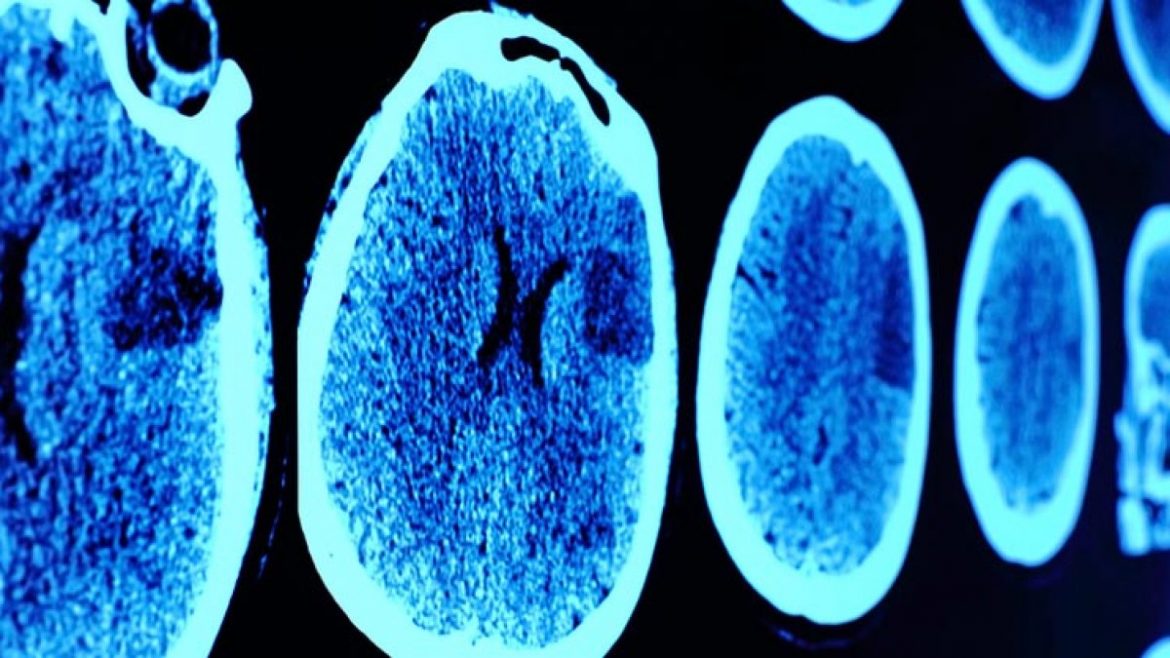According to one study, tumors are made up of a variety of cell types, both malignant and benign. The particular complexity of the cells found inside brain tumors has been a distinguishing hallmark of the illness, making therapy extremely difficult. Although scientists have long known about the diversity of cells that make up a brain tumor, and how the formation of these tumors has relied on the concept that the cells are static, immobile, and typically stable.
However, researchers from the University of Michigan’s Department of Neurosurgery and the Rogel Cancer Center revealed that these aggressive tumors include highly active cells that migrate throughout tissue in complex patterns.
Furthermore, accumulations of these elongated, spindle-like cells present throughout the tumor, known as ‘oncostreams,’ serve as the foundation for malignant cell activity, defining how tumors develop and infiltrate normal tissue. According to Pedro Lowenstein, M.D., Ph.D., Richard C. Schneider Collegiate Professor of Neurosurgery and principal author of this study published in Nature Communications, brain tumors are persistent because of their structured growth.
“Brain tumors are highly lethal, with less than 5% of patients living beyond five years,” he said. “Unfortunately, reoccurrence is what eventually kills patients. They receive surgery for their initial tumor, but the tumor always comes back within 12 to 18 months,” he said.
Also Read: Multiple diagnoses are the norm for mental illness in recent study: Research
Lowenstein and his team, including Maria Castro, Ph.D., also found that overexpression of Collagen 1, a protein produced by tumor cells, is essential to the growth and function of these structures.
“When we eliminated Collagen 1 production from tumor cells, the animal models with brain tumors lived much longer. This step removes oncostreams from tumors and reduces tumor aggressive behavior because the tumors need Collagen 1 to move in the specific way we discovered,” said Lowenstein.
Lowenstein says this structure is likely present in other types of cancer, too. “Once people recognize that there are dynamic areas of the tumor, and that they’re related to tumor growth, eventual invasion and death, people will likely locate oncostreams in other tumor models,” he said.
The researchers worked with Todd Hollon, M.D., assistant professor in the Department of Neurological Surgery at Michigan Medicine, and Sebastien Motsch, Ph.D., associate professor of mathematics at Arizona State University, to develop artificial intelligence algorithms to recognise the structures in tissue.
“Essentially, we showed images to a computer and the computer eventually learns to recognize oncostreams,” Lowenstein explained.
Dismantling oncostreams through the removal of Collagen 1 could represent a novel therapeutic target to treat lethal brain tumors. “This research proves the crucial importance of continuing to investigate the complicated extracellular matrix,” notes Andrea Comba, Ph.D., research investigator and first author of the study.
“Based on this discovery, we propose targeting tumor collagen to disrupt oncostreams, and as novel therapy for the treatment of brain glioma,” she said.
Follow Medically Speaking on Twitter Instagram Facebook

